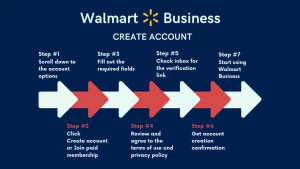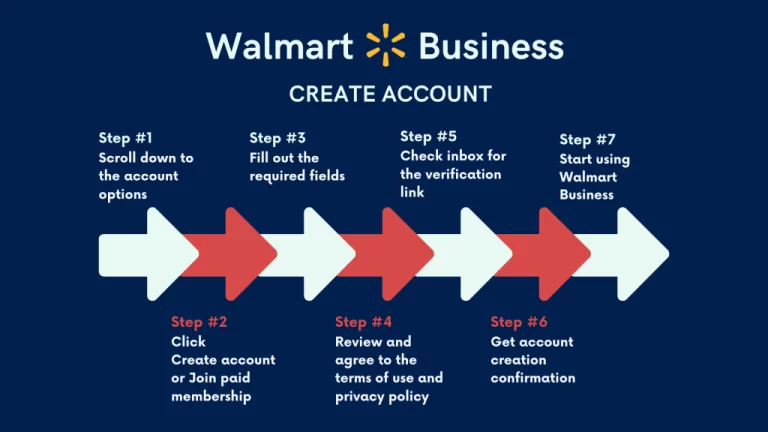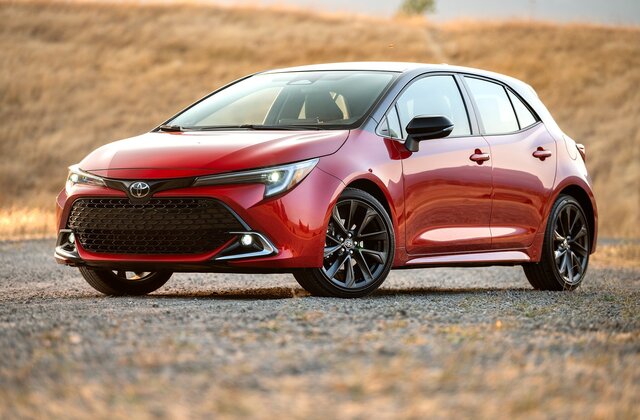When it comes to electric vehicles, one of the most common questions that people have is, “How long does it take to charge a Tesla?” This is a crucial consideration for potential Tesla owners, as it directly impacts the convenience and practicality of owning an electric vehicle. In this article, we’ll explore the various factors that influence the charging time of a Tesla, the different charging options available, and how long it typically takes to charge a Tesla under different circumstances.
Factors Affecting Tesla Charging Time
The time it takes to charge a Tesla can vary based on several key factors, including the model of the Tesla, the battery capacity, the type of charger used, and the current state of charge of the battery. These factors play a significant role in determining the overall charging time for a Tesla vehicle.
Tesla Model and Battery Capacity
First and foremost, the model of the Tesla and its battery capacity are crucial determinants of the charging time. Tesla offers several models, including the Model S, Model 3, Model X, and Model Y, each with different battery capacities and charging capabilities. For example, the Model S Long Range has a larger battery capacity compared to the Model 3 Standard Range, which means that it will generally take longer to charge the Model S due to the larger amount of energy required to fill up the battery.
Type of Charger
Another critical factor is the type of charger used to charge the Tesla. Tesla vehicles can be charged using a variety of charging options, including a standard household outlet, a dedicated home charger, or a public charging station. The charging speed and time vary significantly depending on the power output of the charger. Tesla’s Supercharger network, for instance, provides high-power fast charging, enabling Tesla vehicles to replenish their batteries much more quickly compared to standard household outlets or slower public charging stations.
State of Charge
The current state of charge of the Tesla’s battery also influences the charging time. Generally, it takes longer to charge a battery from 0% to 80% compared to from 80% to 100%. This is because charging speeds tend to slow down as the battery approaches full capacity, a safety feature designed to protect the battery and extend its lifespan. As a result, the time required to charge a Tesla from a low state of charge to near full capacity is longer than the time it takes to top up the remaining percentage.
Charging Options for Teslas
As mentioned earlier, Tesla owners have several charging options available to them, each with different charging speeds and convenience factors. Understanding these options is essential for determining how long it will take to charge a Tesla in different situations.
Standard Household Outlet
Charging a Tesla using a standard household outlet is the slowest option available. The standard 120-volt outlet, commonly found in residential settings, provides a relatively low charging rate, typically adding around 3-4 miles of range per hour of charging. This means that fully charging a Tesla from a near-empty state using a standard outlet can take an extensive amount of time, often exceeding 24 hours.
Dedicated Home Charger
Many Tesla owners choose to install a dedicated home charger, such as the Tesla Wall Connector, which provides faster charging compared to a standard household outlet. The Tesla Wall Connector is typically installed in a garage or other convenient location and can deliver higher charging speeds, adding around 30-44 miles of range per hour of charging, depending on the model and amperage. Charging a Tesla using a dedicated home charger is significantly faster than using a standard outlet and is a popular choice for many Tesla owners.
Tesla Supercharger Network
For the fastest charging speeds and long-distance travel, Tesla owners can utilize the extensive Tesla Supercharger network. Superchargers are high-power charging stations strategically located along major travel routes, allowing Tesla drivers to quickly replenish their vehicle’s battery while on the go. Depending on the specific Supercharger version and the state of charge, Tesla vehicles can achieve charging rates of hundreds of miles of range per hour, making long-distance travel in a Tesla convenient and efficient.
Typical Charging Times for Teslas
Given the various factors and charging options discussed, it’s essential to understand the typical charging times for Tesla vehicles under different scenarios. The following are general estimates for the time it takes to charge a Tesla from various states of charge using different charging options:
How Long Does It Take to Charge a Tesla at Home with a Dedicated Charger
- From 0% to 100%: Approximately 6-12 hours, depending on the Tesla model and battery capacity.
- From 20% to 80%: Approximately 2-4 hours, with the charging speed slowing down as the battery approaches full capacity.
How Long Does It Take to Charge a Tesla at a Tesla Supercharger
- From 10% to 80%: Around 30-40 minutes for most Tesla models, allowing for a quick pit stop during long-distance travel.
- From 0% to 100%: Approximately 45-75 minutes, depending on the specific Tesla model and Supercharger version.
It’s important to note that these are general estimates, and actual charging times can vary based on several factors, including temperature, battery condition, and the specific charging equipment used. Additionally, Tesla continuously improves its charging technology, so these estimates may change over time as new advancements are made.
Conclusion
Understanding the factors that influence the charging time of a Tesla is crucial for Tesla owners and those considering purchasing a Tesla. The charging time can vary significantly based on the Tesla model, battery capacity, type of charger used, and the current state of charge of the battery. While charging at home using a dedicated charger provides convenience for daily charging needs, the Tesla Supercharger network offers rapid charging for long-distance travel.
As electric vehicle technology continues to advance, we can expect further improvements in charging infrastructure and charging speeds, making electric vehicles an increasingly practical and efficient option for drivers worldwide.










+ There are no comments
Add yours